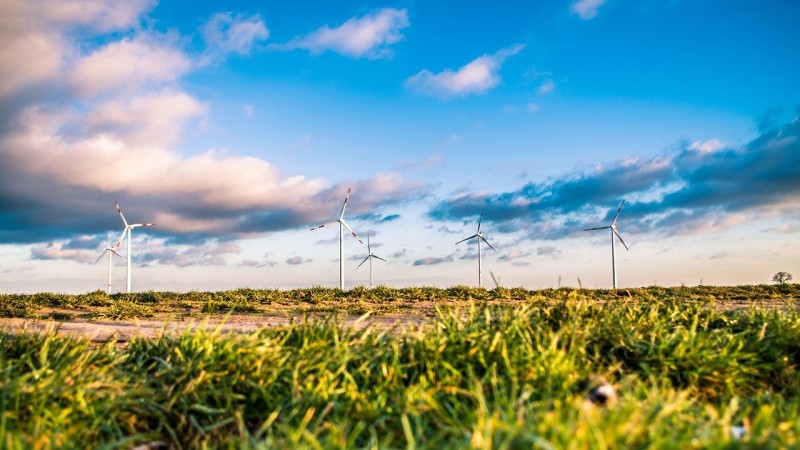In the latest forecast from the International Energy Agency (IEA), renewable capacity overall is expected to increase by 50% in the period 2019 to 2024.
While solar power is predicted to drive over half of those gains, wind power is the next biggest contributing source. Onshore wind capacity will increase by approximately 25%, while offshore wind power is projected to expand by around 4%.
All in all, this is expected to have a beneficial effect towards achieving greenhouse gas emissions targets and limiting global warming to a maximum of 2°C and a preferable ceiling of 1.5°C. While dependence on coal remains strong in several Asian nations, including the twin powerhouses of China and India, renewables in general and wind in particular are slowly assuming their place at the forefront of the incumbent energy revolution.
Onshore wind power
According to the IEA report, onshore wind power capacity is predicted to grow by 57% over the next six-year period, reaching 850 GW by the end of 2024. 2020 is likely to be a particularly prosperous year for the power source, given that companies in the USA will want to take advantage of the federal Production Tax Credit (PTC) before it is phased out the following year. At the same time, China’s transition from Feed-in-Tariffs (FITs) to competitive auctions is likely to see a purple patch for onshore wind in that country, too.
Post 2021, the gains may slow in the USA, but stable growth elsewhere should keep onshore wind on track for its projected capacity boost. Auctions are already in place in other parts of the world, including Europe, Eurasia, sub-Saharan Africa and Latin America, which should guarantee high levels of competition, affordable pricing structures and robust growth as a result. Ensuring that local infrastructure is equipped to handle new developments, as well as encouraging local governments, businesses and individuals to embrace the technology, are the biggest barriers to onshore wind growth in the coming years.
Offshore wind power
Offshore wind power poses a more difficult challenge to its onshore counterpart in various respects. For starters, the costs of installation are higher to begin with, while ongoing maintenance methods (such as lubrication of the turbines themselves) are challenging enough on land, never mind at sea. Nonetheless, the IEA still predicts that offshore wind capacity will triple in the period 2019 to 2024, reaching 65 GW at the conclusion of the forecast period. If correct, it will comprise almost a tenth of the global wind capacity for the first time.
As with most aspects of the renewable energy revolution, China is expected to lead the way, with the government’s FIT scheme already encouraging the development of 12.5 GW worth of projects. However, the EU as a bloc will comprise almost half of all offshore wind capacity gains in the coming six years, with record-low prices fuelling a spike in offshore wind contracts in Denmark, Germany, the Netherlands and the UK. The US is also expected to see its first large-scale offshore wind farms come online in the next forecast period.

